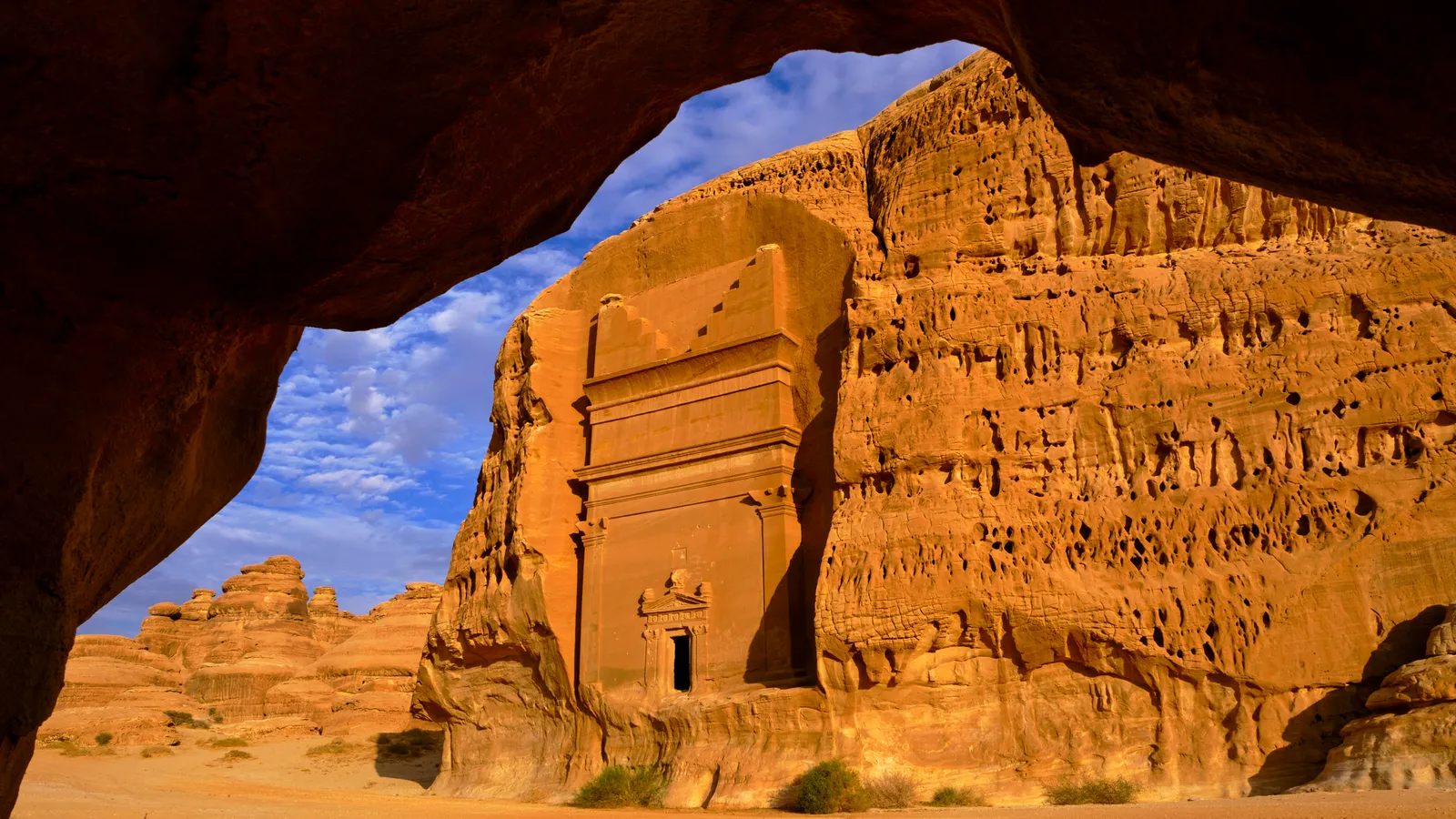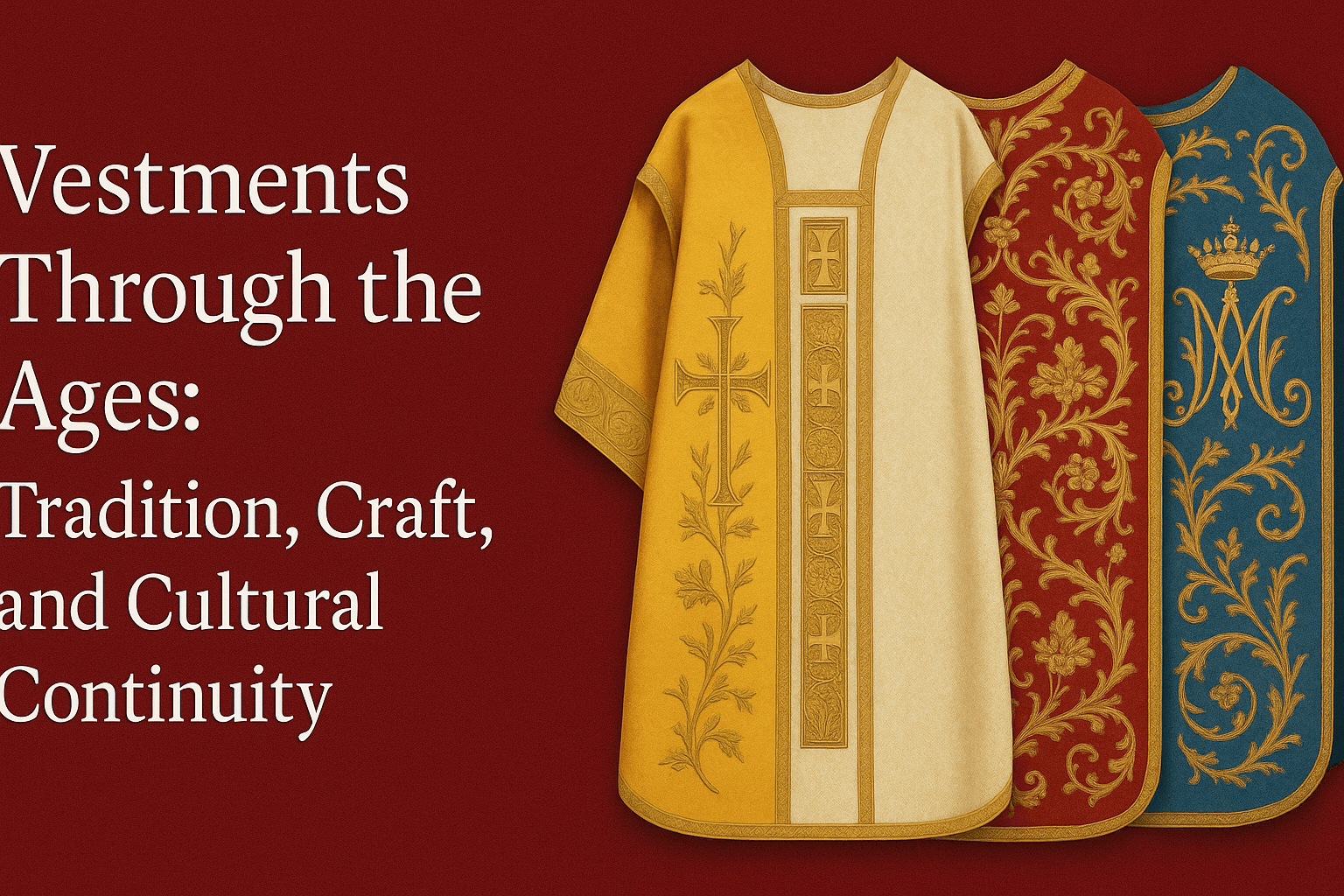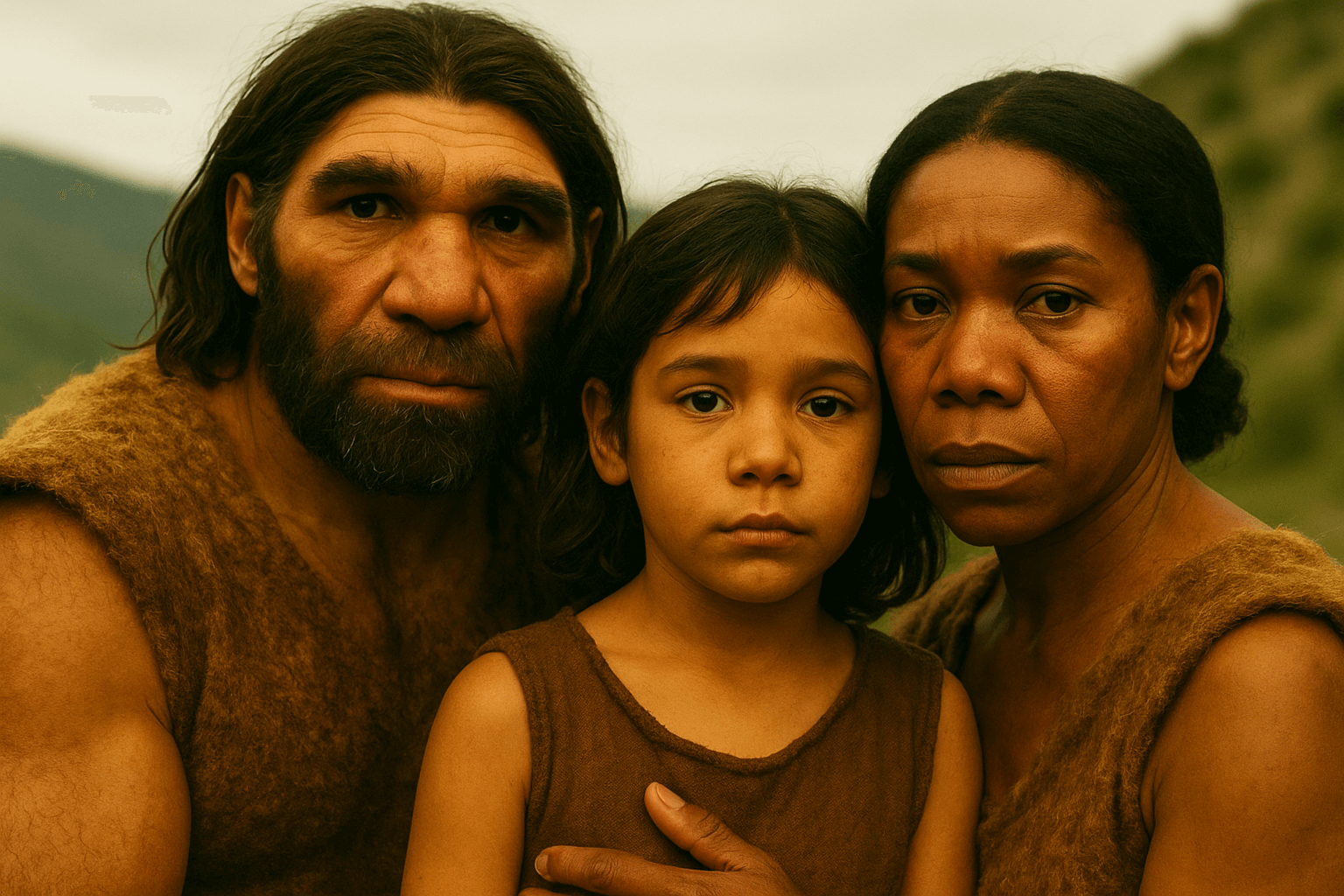Spread over a vast, remote landscape in north-western Saudi Arabia are millennia-old archaeological remains that could change our understanding of prehistory.
By Demi Perera
The car was gliding smoothly along the immaculately maintained highway in AlUla, a region in north-western Saudi Arabia, when my driver abruptly veered off the road. "I missed the turning," he said. I looked out of the window in confusion as I couldn't see an obvious bend. "Here," he exclaimed, as the car jolted across basalt rocks to join a barely discernible path into the desert.
We drove into a vast, flat landscape. A bright blue sky enclosed us on all sides and a smattering of white clouds hung low. After a few minutes, we stopped by acircle of stacked stones. I climbed out of the car, waiting to meet Jane McMahon, part of a team of archaeologists from the University of Western Australia that has been working in AlUla since 2018. All around me was an arid plain of grey-black rocks lightly dusted in pink-hued sand. There was something otherworldly about it all: the lack of a single tree or a blade of grass; the stillness of the air that was only occasionally interrupted by a bitter gust of wind that chilled you to the bone.
I'd come here because recent discoveries in AlUla are shining a light on a fascinating period of history in Saudi Arabia. Since the nation only opened for international research a few years ago (and to tourists in 2019), many of its ancient sites are being studied for the first time. While historians are familiar with the ruins of the 2,000-year-old cities Hegra and Dadan and their place on the Incense Route (Hegra's tombs and monuments are a Unesco World Heritage Site), they didn't have much knowledge about the civilisation that came before, until now.
What has been discovered is that spread over AlUla's vast, remote landscape are millennia-old archaeological remains that could change our understanding of prehistory. Work by McMahon and her colleagues is shedding light on some of the earliest stone monuments in world history – predating Stonehenge and the earliest pyramid in Giza.
The Nabataean city of Hegra was Saudi Arabia’s first Unesco World Heritage Site (Credit: Tuul & Bruno Morandi/Getty Images)
When McMahon arrived, she explained that the circle of rocks next to me was the remains of a house occupied in the Neolithic period (from 6000 to 4500 BCE), and that this area was once scattered with thriving settlements. Until recently, the prevailing wisdom was that this region had little human activity until the Bronze Age after 4000 BCE. But McMahon and her colleagues' work has unearthed a very different story: that Neolithic Saudi Arabia was a dynamic, intensely populated, complex landscape spread over a vast area.
Around me were more than 30 dwellings and tombs, and that was just a tiny fraction of the remains here. I tried to imagine the landscape as it may have been thousands of years ago: green, lush and teeming with people as they moved noisily round, herding goats and calling out to each other.
"The climate and inert landscape of Saudi Arabia means most of the archaeology is pretty well preserved on the surface from 5,000 to 8,000 years ago. So exactly as you see it is how it was all that time ago," McMahon said, explaining that understanding more about the lives of these early peoples could also shed light on how the large, dense settlements of Hegra and Dedan developed, and how cultural and technological changes in the region, such as irrigation farming, metalworking and written texts, came about over the following millennia.
"The cultural changes that took place following the Neolithic are huge, but we don't know a lot of how those changes happened," she said.
However, even in the hands of such experienced archaeologists, one AlUla discovery has continued to elude explanation. Spread over an area of a staggering 300,000 sq km and built to a fairly consistent type, are 1,600 monumental rectangular stone structures that also date to the Neolithic period. Initially named "gates" due to their appearance from the air, the structures were later renamed "mustatil", which translates to "rectangle" in Arabic.
Archaeologist Jane McMahon has been working in AlUla since 2018 (Credit: Demi Perera)
"It makes the mind race that we have structures as big as five to six football fields, made of thousands of tonnes of stone, that not only cover such as massive geographic region but that also are 7,000 years old," said Dr Hugh Thomas, co-director of Aerial Archaeology in the Kingdom of Saudi Arabia Projects (AAKSAU). He has been working alongside McMahon for the past two years conducting aerial archaeology surveys and targeted excavations to understand the mustatil's purpose.
In my opinion, mustatil are some of the most unique archaeological structures so far identified in the world
Mustatil are certainly impressive, and the only real way to get a sense of their size is from the air. When I flew over them in a helicopter, I could see the large stones laid out in straight lines across the sand, about the length of four football fields and a width of at least two.
"In my opinion, mustatil are some of the most unique archaeological structures so far identified in the world," Thomas said. "When we look at other structures dating to the Neolithic that are just as impressive in their construction, I am hard-pressed to think of any that cover such a large geographic region."
While Thomas's team has recorded mustatil of varying sizes and complexity, they've also noted consistent characteristics. They're all constructed in a similar manner, by piling rocks to form low walls that are filled with gravel, and they include a head (the top of the structure), a base, and long walls connecting them. Some have entrances and multiple narrow interior courtyards. The stones used for building have been especially chosen to fit together to support the large structures, displaying a deep understanding of local materials.
These prehistoric monuments were first recorded in the 1960s by a local team carrying out ground surveys, but at that point, no one knew what they were. Remote sensing surveys carried out by Professor David Kennedy (also from the University of Western Australia), in 2017 intensified interest, and initial theories suggested they were used as territorial markers for ancestral grazing grounds. Yet, as more and more were found, all dating to the same period, a different understanding emerged.
First recorded in the 1960s, mustatil are monumental rectangular stone structures that date to the Neolithic period (Credit: Royal Commission for AlUla)
Thomas, McMahon and their teams have since unearthed evidence that suggests cultic practice. They've uncovered large numbers of cattle, goat and wild gazelle skulls and horns in small chambers in the heads of the mustatil, but found no indication that these were kept for domestic use. Since no other animal's body parts were found, it led the team to deduce that these were sacrificial. It further suggested that the animals were sacrificed elsewhere. This is important because it is evidence of a highly organised, cultic society, much earlier than was previously thought – predating Islam in the region by 6,000 years.
"Excavation of several mustatil have revealed artefacts suggestive of ritual practices taking place inside the structures," said Thomas. "The people who built them had a shared culture and belief system and this was not a practice that was localised. It spread across a huge swathe of Arabia about the size of Poland."
Thomas added: "Saudi Arabia has had the appearance of being an arid and inhospitable landscape, viewed in isolation from the rest of the world other than a few notable sites, such as Dedan and Hegra. However, archaeological evidence, such as the mustatil, demonstrate that the region had a rich and complex history. To have a structure so widely dispersed across such a massive area suggests a shared belief system, language and culture on a scale that I personally never imagined possible."
The people who built them had a shared culture and belief system and this was not a practice that was localised. It spread across a huge swathe of Arabia about the size of Poland
Munirah Almushawh, co-director of an archaeological project in Khaybar (another area of AlUla), agrees, noting that not only did this society share a single belief system, but they travelled huge distances to share the knowledge that allowed them to build the structures. Some of the mustatils weigh as much as 12,000 tonnes; more than the Eiffel Tower. Their construction would have required knowledge, skill and organisation over long periods of time.
"The mustatil suggests large social networks, innovative architectural skills and vast exploration in prehistoric Arabia," Almushawh said.
McMahon and her team believe that mustatil may be evidence of a highly organised, cultic society (Credit: Royal Commission for AlUla)
Despite these exciting discoveries, knowledge of mustatil is still in its infancy, with just five of the 1,600 excavated so far. What is certain is that AlUla will only continue to reveal its mysteries. As the region reopens for tourism post-pandemic, plans are in place to construct a massive, open-air museum where visitors can self-navigate around various archaeological sites or be taken through by a guide. Travellers will be able to learn about the Neolithic period, see the ancient ruins of homes and mustatil and imagine for themselves how this seemingly highly organised society lived and moved through the landscape.
McMahon and Thomas are as excited for AlUla's future as much as for its past. "The significance of what we've discovered is rewriting the history of the Neolithic in north-west Arabia," said McMahon. "Our work has so far uncovered only what has always existed: the complexity of the Neolithic period in this region, which had previously been considered either uninhabitable or merely unimportant in this time."
Source: BCC











